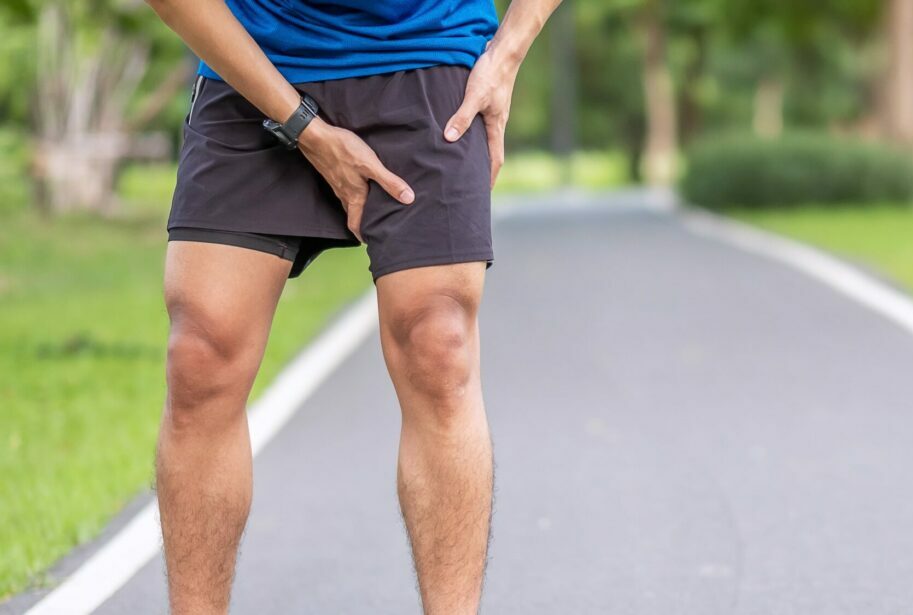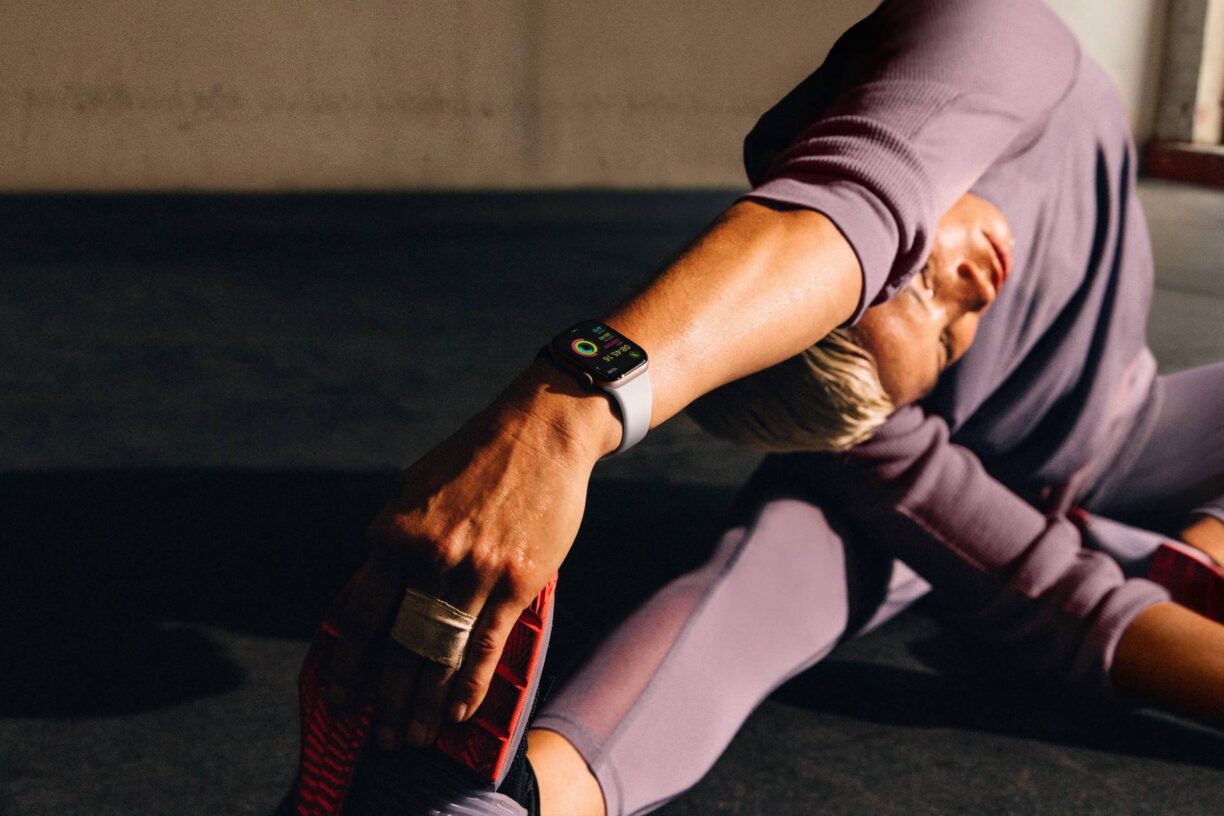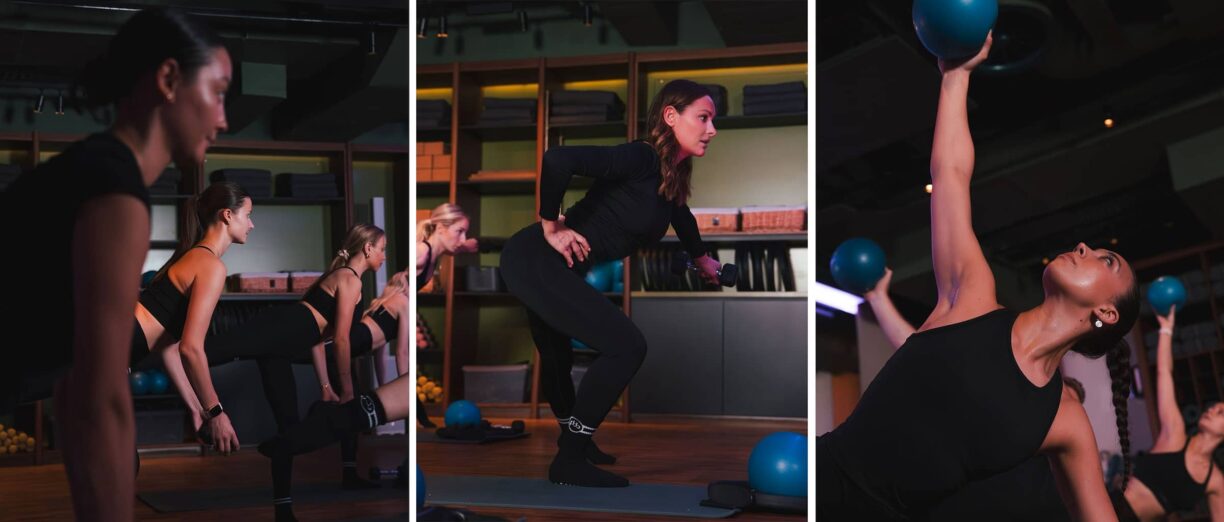As a runner, there’s nothing more frustrating than being told you can’t run. When it happens, many of us find the desire to go running stronger than ever as we scroll through social media living vicariously through others, waiting to heal up and get back out there.
Thankfully, getting injured doesn’t have to be an inevitable part of being a runner and you shouldn’t have to put your training on hold for weeks at a time.
Here are the 5 most common running injuries and how to prevent them so you can optimise your training and avoid those dreaded weeks of inactivity.
- Plantar Fasciitis
It may not surprise you to learn that plantar fasciitis tops the list as the most common running injury.
Plantar fasciitis presents as pain that runs along the bottom of the foot, mostly around the heel or the arch and tends to feel worst when you first get out of bed.
You can check to see if the pain you’re feeling is actually plantar fasciitis by seeing if you can raise your toes off the floor without any pain.
Plantar fasciitis is caused when the tendons that run along the bottoms of the foot, which connect the heel to the toes, are strained or inflamed.
There are numerous causes, including but not limited to tight calves or ankles, wearing unsupportive running shoes, or over-training.
The best way to avoid plantar fasciitis is to wear supportive running shoes, such as the 361 Meraki 4, which adequately cushion the bottom of your feet and mitigate the stress of impact.
It’s also important to stretch and foam roll between running sessions to keep your muscles supple and flexible, as this will also prevent injuries like plantar fasciitis.
Running compression socks, like the ones on offer from CEP are an excellent option if you suffer from tight or inflamed calves which then leads to injury.
- Runner’s Knee
Secondly, is the classic Runner’s Knee. This is a fairly broad term that can include several specific injuries, all of which present as pain in the knee.
Runner’s Knee can be caused by IT band syndrome, anterior knee pain syndrome, or patellofemoral malalignment.
Your IT band – or iliotibial band – runs along the outside of your upper leg from your hip to your knee.
If you’ve ever tried foam rolling the outside of your thigh you will have experienced pain because of the pressure on your IT band which is very sensitive.
If the IT band becomes inflamed or tight, this can present as pain in the outside of the knee and this can be especially painful when running.
Runner’s Knee is often an overuse injury, so the best way to prevent it is to increase your weekly mileage by no more than 10% and to make sure you’re not over-training.
It’s also very important to maintain strong, active glutes as these affect the IT band which in turn affects the knee.
The best way to do this is to use a resistance band, such as the Sundried Fabric Non-Slip Resistance Band, as part of your strength and conditioning work, to make sure the glutes fire properly and get a good workout.
- Shin Splints
Another very common running injury is shin splints and most runners will say they have suffered from this at some point.
Shin splints present as a burning pain in the shins when you run, but can also present as tenderness even when you’re not moving.
Thankfully, this is one of the least serious injuries you can get and sometimes will even go away on its own.
A common cause of shin splints is poor running form.
The body is a chain, and if a muscle or joint is weak, imbalanced or out of alignment at the top of the chain, it affects every part of the body right down to the shins and feet.
This means that a tight back, weak glutes or tight hips can cause pain in the lower leg and feet.
This is why it’s so important to actively work on your running form and try to improve it week on week.
Doing plenty of strength and conditioning training will also help to strengthen imbalances or weaknesses.
- Achilles Tendinitis
Fourth on the list of common running injuries is AchillesTendinitis. The achilles is the tendon that connects the calf muscle to the heel bone and runs down the back of your lower leg.
Symptoms of Achilles Tendinitis presents as a mild ache in the back of the leg or heel, due to the achilles being inflamed.
The bad news is that the structure of the achilles tendon weakens with age, so older runners will be particularly susceptible to this running injury.
The good news is that you can offset this risk by taking care of yourself with a healthy diet and joint supplements, like PhD Move Capsules that support bone and connective tissue strength.
In order to prevent Achilles Tendinitis as a runner, it’s important to support your feet properly when running as a flat arch can put extra strain on the achilles tendon.
If you pronate when you run, opt for stability shoes that give a little extra cushioning and support for your feet.
Try to avoid orthotic inserts, however, as these can encourage the arch to become even weaker.
- Tibialis Posterior Tendonitis
Last but by no means least (especially to those who know how painful it can be) is Tibialis Posterior Tendonitis.
This common running injury also affects the foot and is usually characterised by pain on the inside of the foot.
The posterior tibial tendon passes down the back of the leg, not far from the Achilles tendon.
It then turns under the inner side of the ankle. Here, it attaches to the bone of the inner side of the foot, just next to the arch.
If you have fallen arches or flat feet, you may be particularly susceptible to this running injury.
As with the other running injuries on this list, the best way to avoid it is to work on improving your running form, managing any weaknesses or imbalances in your musculoskeletal chain, and prioritising adequate recovery.
About the author:
Alex Parren is a qualified personal trainer, nutritionist, and running coach with 7 years experience in the fitness industry.
With a background in both powerlifting and Olympic lifting, Alex is now a keen ultra runner and can usually be found exploring the trails in the south of England.





